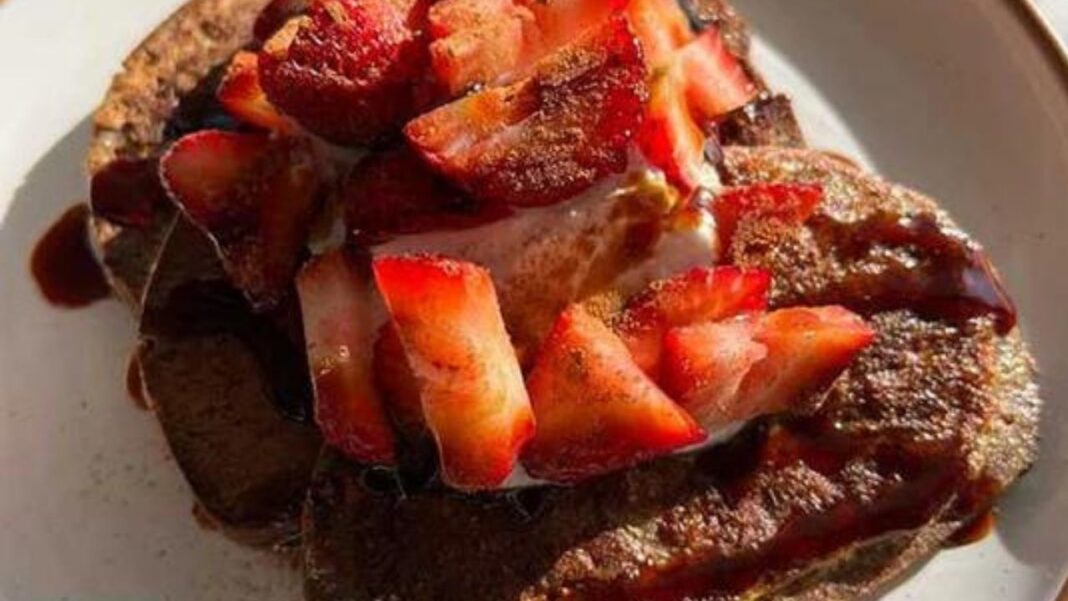In the ever-evolving landscape of dietary preferences, the demand for gluten-free options has surged, paving the way for innovative recipes that cater to health-conscious individuals. Among the plethora of gluten-free choices, finding a healthy and delicious bread recipe stands out as a culinary adventure. In this article, we’ll explore the realm of gluten-free baking and unveil a delectable Healthy Gluten-Free Bread Recipe that promises not only a tasty experience but also a nutritious one.
The Gluten-Free Challenge
For those with celiac disease or gluten sensitivity, traditional bread can be a culinary foe. Gluten, a protein found in wheat, barley, and rye, triggers adverse reactions in susceptible individuals. Crafting a gluten-free bread that mirrors the texture and taste of its gluten-rich counterparts presents a challenge, but with the right ingredients and techniques, it’s a challenge that can be conquered.
Choosing the Right Flour
The cornerstone of any gluten-free bread recipe lies in the choice of flour. Opting for a blend of nutrient-dense flours such as almond flour, coconut flour, and tapioca flour not only imparts a pleasant flavor but also boosts the nutritional profile of the bread. Almond flour provides healthy fats, coconut flour brings a hint of sweetness, and tapioca flour adds a light, airy texture.
Incorporating Superfoods
Elevate the nutritional content of your gluten-free bread by introducing superfoods like chia seeds or flaxseeds. These power-packed additions not only contribute to the bread’s structural integrity but also bring essential omega-3 fatty acids and fiber to the table, promoting heart health and digestion.
Balancing Act: Fats and Sweeteners
Healthy Fats
Replace traditional sources of saturated fats with healthier alternatives like olive oil or avocado oil. These fats not only enhance the moistness of the bread but also contribute to a heart-healthy profile, making your gluten-free creation a guilt-free indulgence.
Natural Sweeteners
Swap refined sugars for natural sweeteners such as honey or maple syrup. These alternatives not only add a touch of sweetness but also provide antioxidants and trace minerals, offering a healthier option for those looking to reduce their sugar intake.
Techniques for Success
Mastering the Mix
Achieving the perfect consistency in gluten-free bread requires a delicate balance in mixing. Incorporate wet ingredients gradually into the dry mixture, allowing for a thorough blend. Patience is key – gluten-free flours often require a longer mixing time to attain the desired texture.
Befriending Xanthan Gum
To enhance the elasticity and structure lacking in gluten-free flours, introduce xanthan gum into your recipe. This plant-based thickening agent acts as a binder, preventing the bread from crumbling and ensuring a satisfying, cohesive slice.
Baking and Beyond
The Right Temperature
Gluten-free breads often benefit from a slightly lower baking temperature and a longer baking time. This gentle approach ensures that the interior cooks thoroughly without compromising the outer crust’s golden perfection.
Customizing Your Creation
Once you’ve mastered the basics, don’t hesitate to get creative. Add your favorite herbs, seeds, or dried fruits to tailor the bread to your liking. Experimentation is the key to discovering your signature healthy gluten-free bread.
Conclusion
Embarking on the journey to create a healthy gluten-free bread recipe is a rewarding venture that blends culinary ingenuity with nutritional mindfulness. By selecting wholesome ingredients, employing the right techniques, and infusing creativity into the process, you can craft a gluten-free bread that not only caters to dietary needs but also tantalizes the taste buds. Say goodbye to the misconception that gluten-free equals flavorless – with the right recipe, it’s a delectable reality.




















